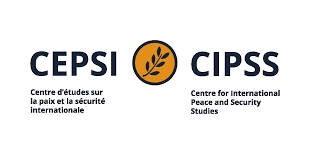Overview
In this article, Marc Linning, Senior Protection Advisor at CIVIC, explores CIVIC’s community-based protection (CBP) approach, which includes many elements of Results-Based Protection.
A key component of CIVIC’s CBP approach is forming partnerships with affected civilians and investing in their capacity and leadership. Such a community-based approach supports programs to be as relevant as possible to community perspectives and needs, making them more effective in achieving protection goals.
Linning also discusses the importance of understanding the particular protection context rather than relying on a one-size-fits-all approach. For example, he notes that CBP requires a minimum level of social cohesion and mutual trust and that community members must feel safe to engage for the approach to be effective. While this is often the case, it is not a given and an in-depth context analysis is crucial to establishing effective programming.
As part of this analysis, humanitarians often focus on vulnerability and ignore the threat and capacity, which limits their understanding of the protection environment and the pathways for change. For example, Linning discusses the existing capacities many communities already demonstrate, including negotiating safe passages with armed actors and storing food during periods of extended hostilities. Communities have also worked to address the behavior of the threat actor, including by engaging state and non-state armed groups in community dialogues. By understanding the nuances of both capacity and threat, humanitarians can better understand the risk they are trying to address and can develop a targeted Theory of Change based on context-specific analysis.
Finally, Linning recognizes that protection efforts do not take place in a vacuum, and it is important to continuously evaluate new developments and respond accordingly. Results Based Protection similarly emphasizes the need for an iterative approach and feedback loops which allow programs to be adjusted based on changes in the context or risk.
